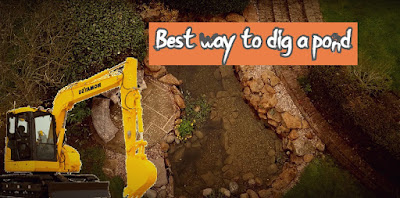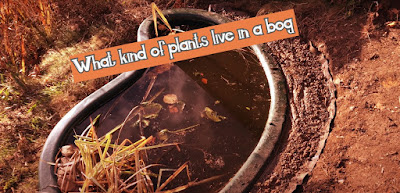Semi formal pond ideas | Plants for a semi formal pond
What is a semi formal pond?
A semi formal pond is, as the name suggests, one that is halfway between a formal pool and an informal one. It is the type of pond you might create in the middle of a lawn or next to a patio. It is likely that the greater part, if not all, of its edges will be visible, but the shape will be informal rather than geometric. Such a pond belongs in a neat, tidy garden, where everything has its place but not to the point where everything is ordered and symmetrical, as in a formal garden. The pond will not depend on its shape for its interest in quite the same way a formal pond does, but it will be less densely planted than an informal one, and the balance will be in favour of the pond rather than the plants, with a large part of the surface kept clear of plants so that any fish can be clearly seen. Other features, such as fountains or a cascade or waterfall, may be built into the pond, and the surroundings could include annual bedding plants. Preformed, rigid pools are ideal for this type of pond.What shapes are appropriate for a semi formal pond?
A semi-formal pond can be any shape you like, from the regular, geometric outlines of a formal pond to the sinuous, random curves of an informal one. If you choose a regular shape the formality is likely to be lost among the planting, which will disguise or hide some of the edges. If you prefer an irregular shape, the outline will be more apparent than with an informal pond because the edges will be more exposed. There is no need to make the shape more complicated than necessary, and the more regular the shape the easier it will be to line with a flexible liner. Many of the rigid, preformed pools, which are broadly kidney-shaped, are the perfect shape for this kind of pond.Is it necessary to have a minimum depth of water?
Although it is possible to have a pond with water that is only 15cm (6in) deep, the best ponds are undoubtedly much deeper than this. As a rule, the pond should be sufficiently deep that the bottom cannot be seen when the pond is full, which means that you should aim for a minimum of at least 60cm (2ft). It is always a good idea to create a pond with a range of depths so that you can accommodate plants that require different depths of water as well as giving wildlife a range of habitats. Shallow water is warmer in summer but will freeze more quickly in winter, and although deeper water is colder it provides a haven for fish in very hot weather and a hiding place from predators such as herons.Plants for a semi formal pond
The following plants are appropriate for a semi formal or informal pond. The dimension indicated is the depth of water above the crown of the plant, not the depth of the pond.• Caltha palustris (marsh marigold, kingcup): to 23cm (9in)
• Houttuynia cordata 'Chameleon' (syn. H. cordata 'Tricolor'): to 5cm (2in)
• Iris laevigata: 8-1 Ocm (3-4in)
• Iris pseudacorus (yellow flag, flag iris): to 30cm (1ft)
• Myriophyllum spicatum (spiked milfoil): submerged
• Myosotis scorpioides (syn. M. palustris; water forget- me-not): to 15cm (6in)
• Nymphaea cvs. (waterlily): various
• Orontium aquaticum (golden club): 30cm (1ft)
• Pontederia cordata (pickerel weed): to 13cm (5in)
• Ranunculus lingua (greater spearwort): 8-15cm (3-6in), illustrated left












Comments
Post a Comment